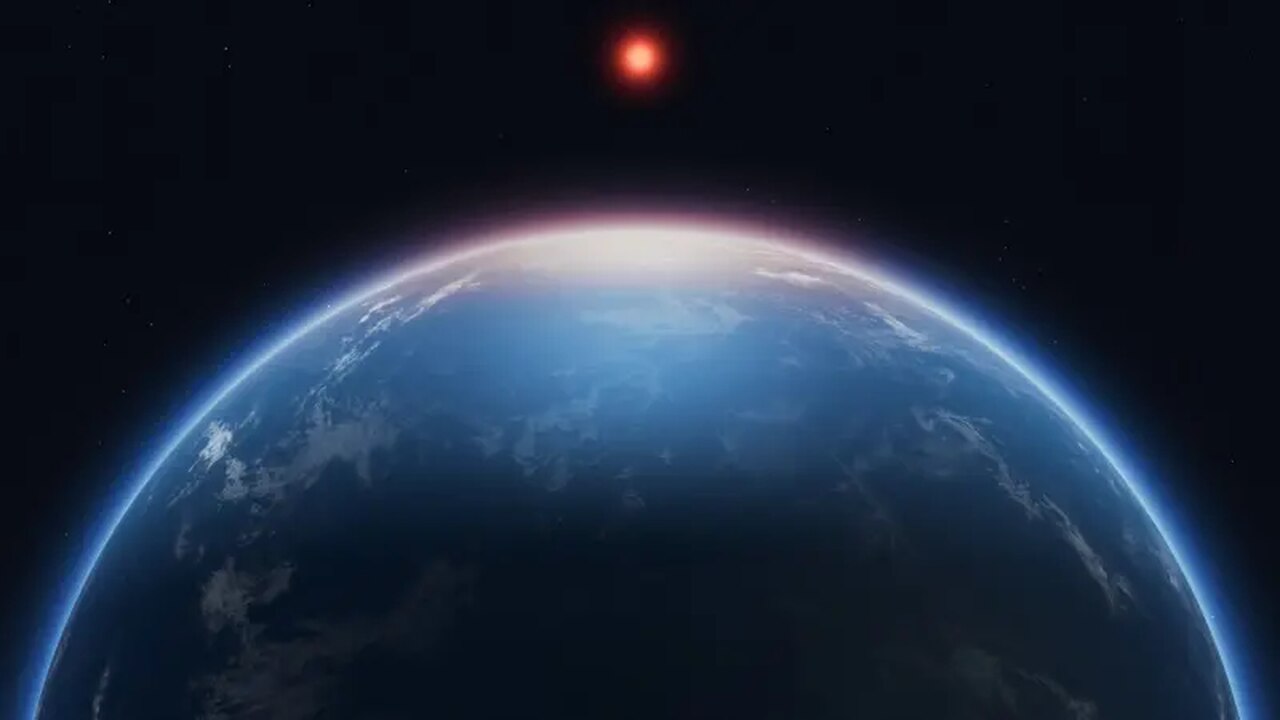
The James Webb Space Telescope has managed to detect the “best evidence of life” on an exoplanet with 99.7% accuracy, according to astronomers at the University of Cambridge.
The scientists explained that extraterrestrial life was found in a location very, very far from Earth. The planet in question, K2-18b, is located in the Leo constellation, 124 light-years away.
It was discovered in 2015 by NASA’s Kepler Space Telescope and is approximately 2.6 times the size of Earth. A few years later, in 2019, experts detected water vapor in the atmosphere of K2-18b, making it the first exoplanet in the habitable zone where water was found.
However, this year, the James Webb Space Telescope made an even more interesting discovery in the atmosphere of K2-18b: the detection of gases such as methane, carbon dioxide, and, most notably, dimethyl sulfide.
On Earth, dimethyl sulfide is produced by marine microorganisms, such as plankton. Therefore, its presence on K2-18b suggests potential biological activity, as no known non-biological process can produce it in significant amounts, according to Professor Nikku Madhusudhan.
“This is a question humanity has been asking for thousands of years. It’s a shock to the system. It takes time to recover from the enormity of this,” he told The Sun, adding that there is only a 0.3% chance that these gases appeared by chance.
Photo and video: University of Cambridge. This content was created with the help of AI and reviewed by the editorial team.

